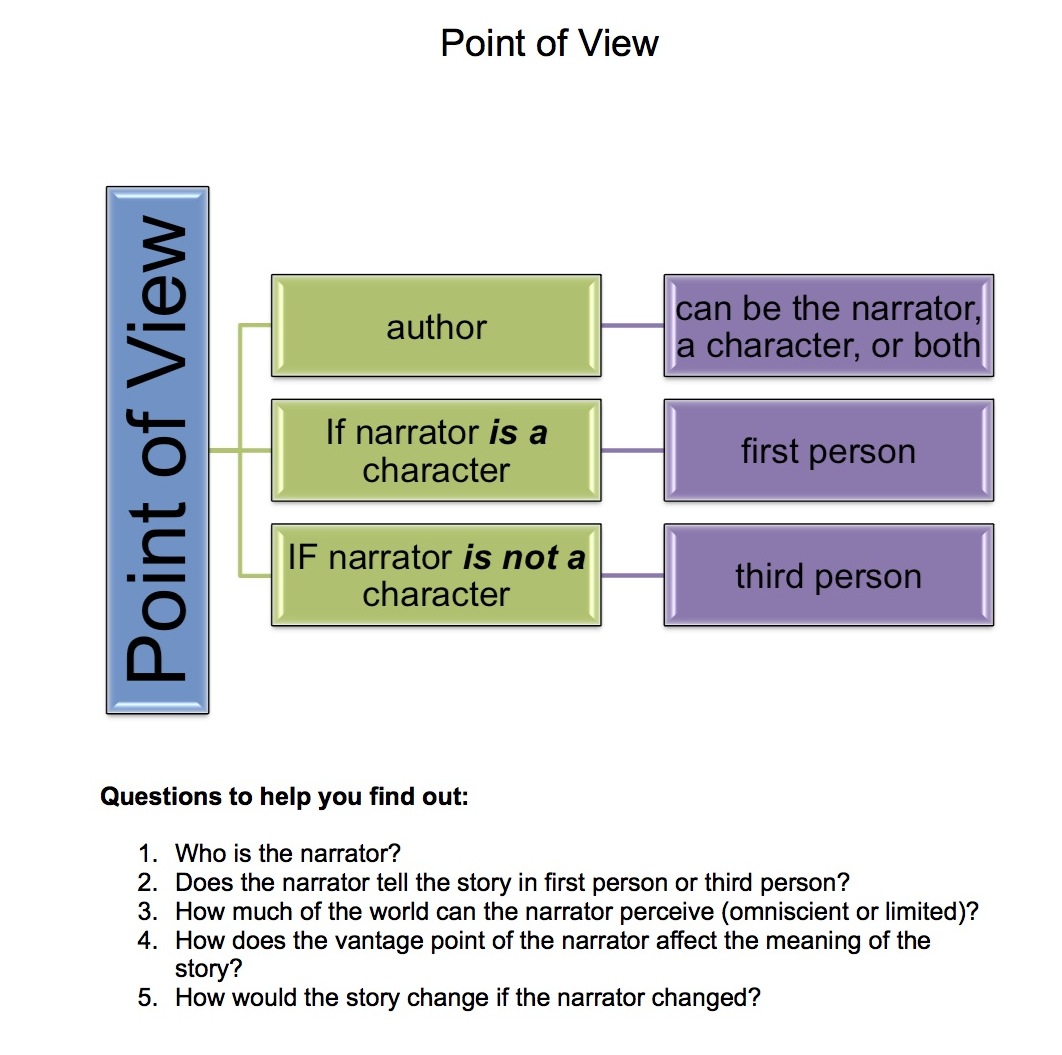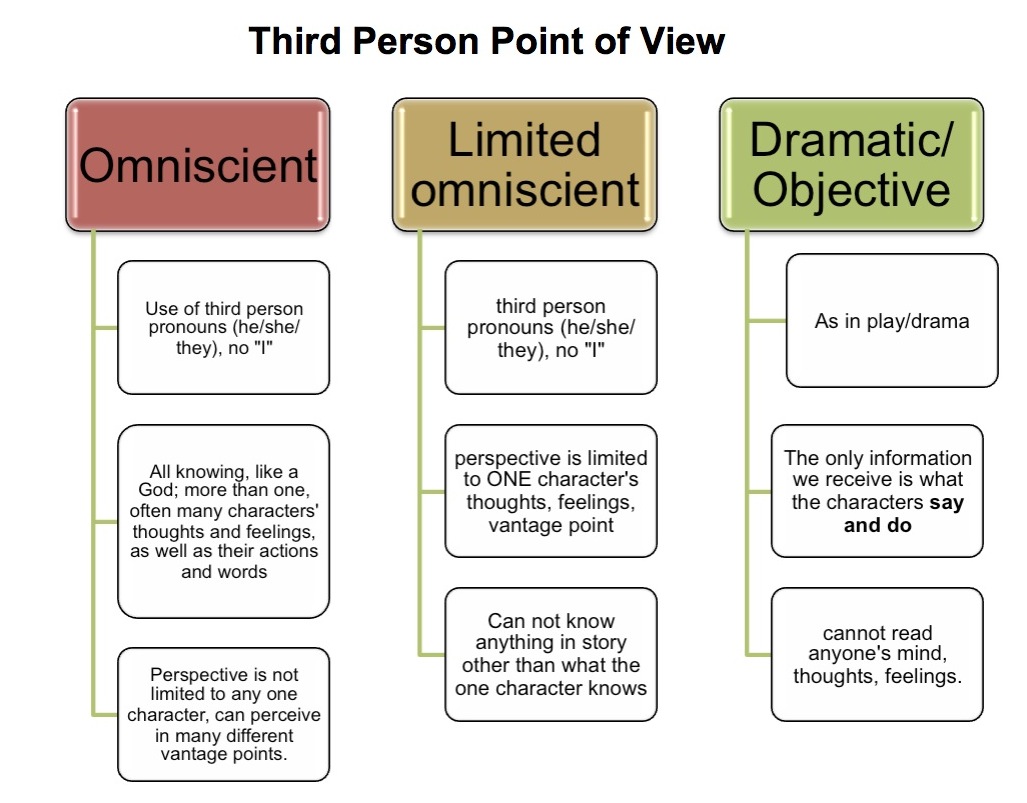Personal and Cultural Identity
ASSIGNMENT 3: High Points, Low Points, Turning Points
|
Learning Target (Curricular Competencies):
|
Task:
High Points, Low Points and Turning Points: A Personal Narrative
Each of these pivotal junctures in our lives can be rich grist for the creative mill. Indeed, the intensity of powerful personal experiences can make stories more engaging and more riveting.
Step 1: Brainstorm High. Low and Turning Points
- Using a table format, brainstorm 5 High Points, 5 Low Points, and 5 Turning Points in your life thus far. Be sure to submit your brainstorming with your final draft.
- Use point-form notes, which may include a short code or phrase or quote to identify for your eyes only, what the gist of each point signifies. This is a draft for you. No one else will look at it or grade it, but the process of examining your life for events that stand out in some fashion will help propel a piece of creative non-fiction or a story.
Step 2: Choose the heat.
- Choose the top three events from your brainstormed lists. Which are the most potent? Which are the ones that really speak to you?
- Then, after you have three narrowed down, see if there may be a common thread. Is there a link between that low point and turning point? Are the narrative threads connected?
Step 3: Write.
- Write a small narrative based on one of the hottest or most visceral points in your life. Choose whether the point of view voice will be first person ("I") or whether the tale will be told from the perspective of a third person narrator. You could review point of view...
2. Feel free to embellish. Exaggerate. Add untruths to the base of non-fiction. Fiction is usually based on some aspect of real experience that the writer has crafted to be their own.
3. Make this story your own. Remember, this is your personal narrative.
HINT: If you need more clarity on writing a personal narrative, there is a "book" at the top of the course called Writing a Personal Narrative.
Assessment: Below you will find the exemplary criteria used to assess the assignment.
Learning Target: (Exemplary 6/6): Exemplary comprehension of the task and clear accomplishment of the objective. Student demonstrates exemplary personal narrative writing skills. Student demonstrates critical, creative, and reflective thinking to brainstorm and then develop high, low and turning points recognizing how different features and forms of texts enhance and shape meaning and impact. Ideas generated are thoughtful and unique with clear personal connection.
Written Expression: Exemplary (6/6): Sentence structure and vocabulary are varied, skillfully written, and carefully chosen. Work has been proofread and there are few or no errors in spelling, capitalization, punctuation, and grammar. Content contributes to the central idea and makes insightful connections with logical organization.
Submission:
Use the "3.3 High Points, Low Points, Turning Points" link on the main page of this section of the course to upload your assignment to your teacher for marking.

